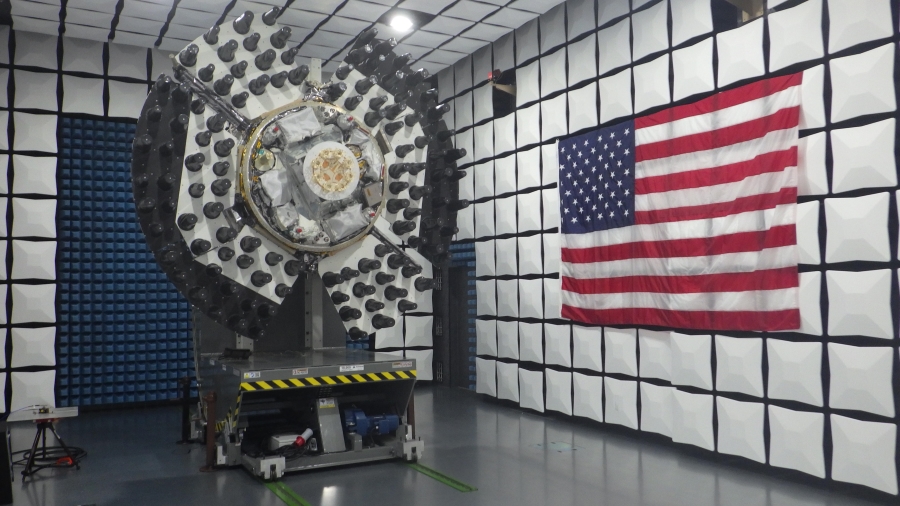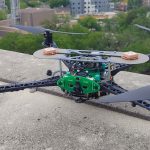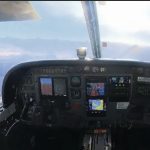L3Harris Technologies recently delivered the Navigation Technology Satellite-3 (NTS-3) space vehicle to an Air Force Research Laboratory (AFRL) integration test facility at the Kirtland Air Force Base in New Mexico—an important step toward the satellite’s anticipated late 2023 launch.
The satellite integrates an agile positioning, navigation and timing (PNT) payload to the Northrop Grumman ESPAStar bus, providing a space platform for experiments and integrated capability demonstrations, according to a press release.
NTS-3 is one of the first three U.S. Department of Air Force Vanguard programs. It is managed by the AFRL Transformational Capabilities Office and has program partners in both the U.S. Space Force and U.S. Air Force. It’s set to “push the boundary of PNT technology to pave the way for a more flexible, robust and resilient architecture for satellite navigation.”
“This major milestone marks the transition from space system development at contractor’s facilities to the final stage of integration and test activities,” said Arlen Biersgreen, NTS-3 program manager, according to the release. “The AFRL team will be overseeing and working closely with L3Harris and other key industry partners to apply an effective combination of contractor and government resources to successfully complete this phase of the effort.”
The next step is for AFRL and L3Harris to complete the remaining intra-payload and payload-to-bus functional and performance tests. This includes the first radio frequency broadcast tests of the novel PNT signals that will be demonstrated from near-geosynchronous orbit after the satellite is launched.
The team will then perform standard tests that simulate the launch and space environments, verifying the system is ready for operation in space.
Experimental performance data from ground testing will be available for program partners over the next several months.
The Global Navigation Satellite System Test Architecture, or GNSSTA, is being developed by MITRE Corporation in partnership with the AFRL Sensors Directorate. This reprogrammable software-defined receiver allows users to receive both legacy GPS and advanced signals generated by NTS-3, and is critical for meeting end-to-end NTS-3 mission objectives. It lays the groundwork for future operational receivers that will provide the Space Force with ways to prevent and quickly respond to battlefield threats like jamming and spoofing.
Earlier this month, the sensors team working on GNSSTA development and testing successfully generated signals on the spacecraft and received them with experimental GNSSTA user equipment, an important step, Dr. Joanna Hinks, the NTS-3 principal investigator, said, according to the release.
NTS-3 is the first U.S. experiment of its kind in nearly 50 years.
“This Vanguard not only aims to support GPS users through vital development of new technologies and techniques,” Biersgreen said, “but also to show how an agile and responsive U.S. satellite navigation architecture is paramount to defeating the most challenging threats to warfighter success, both today and through the coming decades.”






